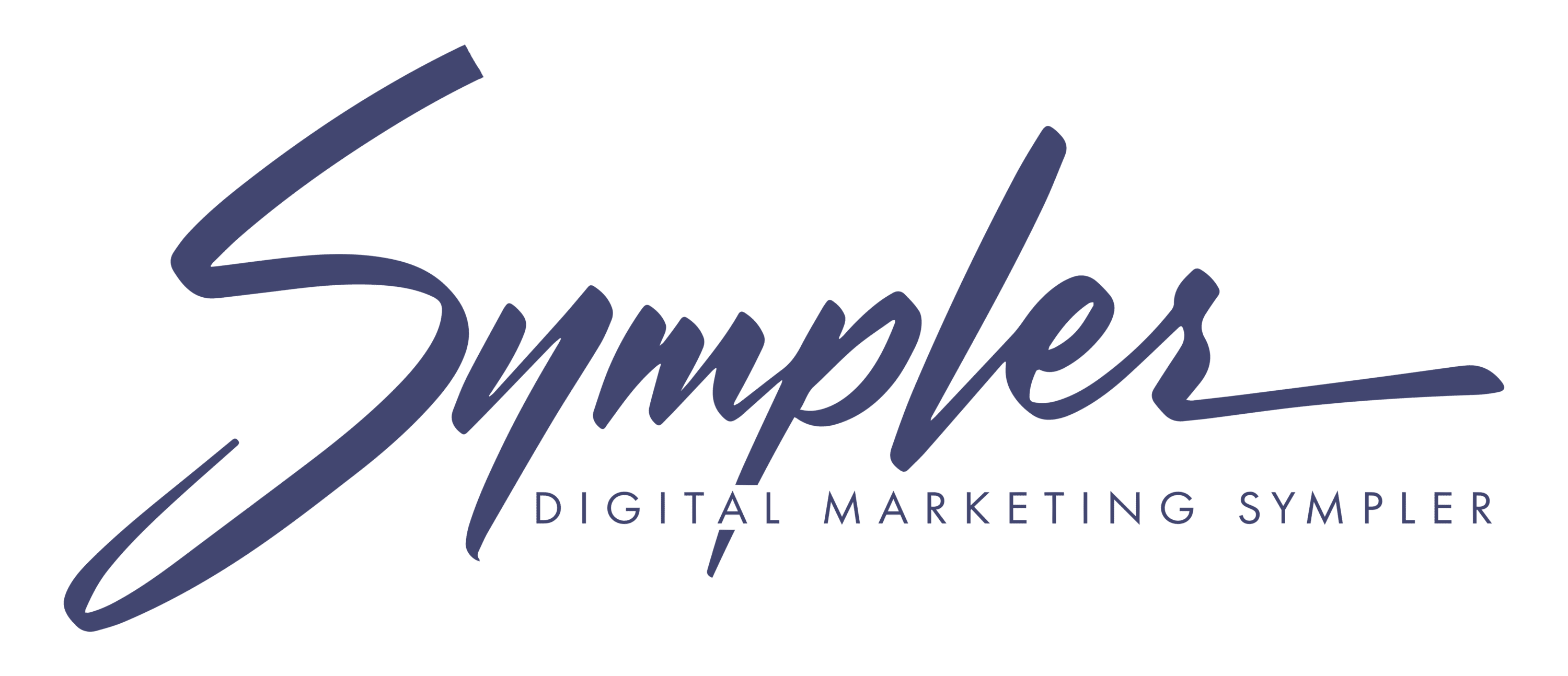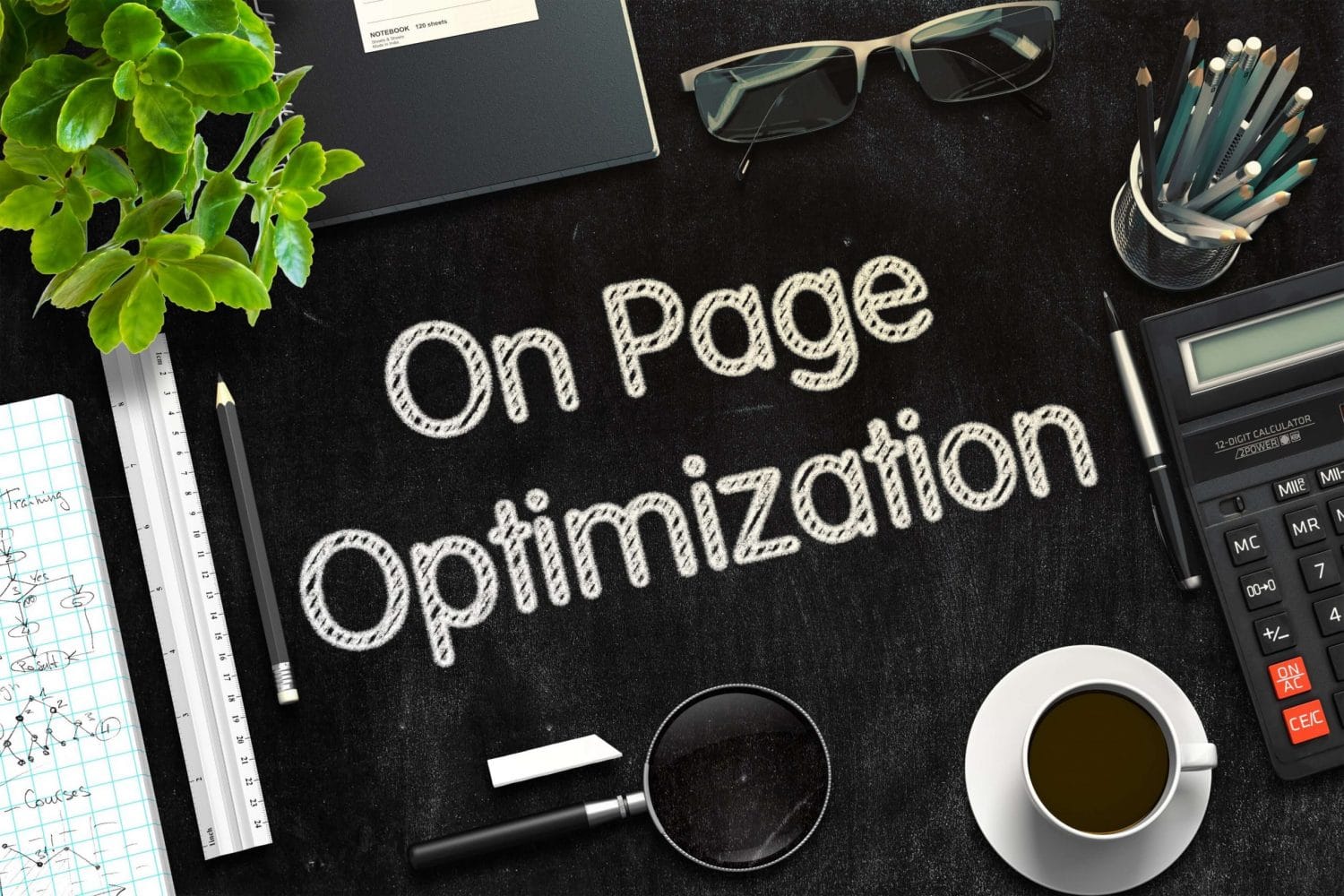What SEO tactics will jumpstart your digital marketing efforts for the rest of the year and beyond? How about exploring your site’s content to make sure your website is as optimized as it can be? That may not be on the list of things to do this year, but it’s easy to forget about your website’s SEO as you run your business, add fresh content to the site, run your social media channels, and more.
Before you sit down to do any work on your site this year, take the time to audit your content’s SEO in these three critical areas.
3 Ways to Jumpstart Your SEO Now
Content Relevancy
In digital marketing, relevancy is key to ensuring the customer’s place in the buyer’s journey moves towards the sale. The top notion in the marketing world is to think of relevancy as funnels. The top funnel is your content that answers fundamental questions and gives an overview of your brand or company. The top funnel catches a lot of people.
You can use top-funnel content to bring in guests from broad searches and funnel them into your well mapped out link structure to further explore your site. Mid-funnel content is directed more towards specific customers and specific needs while bottom-funnel content is all about you, what you can do, and how you do it. Think of the funnels as a sales process with the close being the bottom funnel. Try to set your internal link structure in this pattern to capitalize on relevancy which we discuss in the next section.
Internal Linking
Your website is easy to navigate, and users love it – in your head. What will search engines think of your website’s internal framework? Have you asked someone else’s opinion on your site’s layout? Your site’s internal linking should be organized and structurally consistent for both the ease of your site’s visitors and to make your website easily accessible to search engine crawlers.
It’s not enough for your on-page linking to be concise and organized. While the organization is essential, you must also factor in what the internal links are pointing to. Consider that Google favors links to unique and well-written content, especially your site’s content. Easy to navigate internal links can help focus site traffic and users to your best content. When crawlers see users navigating to these pages in high frequency, they’ll explore them too and reward you with more top marks in ranking criteria.
Categories and Tags
Categories and tags have long been a box to check off when doing on-page SEO, but unfortunately, many sites still don’t do it correctly or don’t do it all. If you’re aren’t tagging your pages and content in your CMS, you could miss out on the SEO benefits offered by categorization.
Proper tags explain to search engine crawlers the hierarchy of your site and Google will use your tag information to catalog your site for consistency and relevancy. Appropriate tags result in higher search engine rankings, longer user time on your site, and organic increased search traffic.
Take a moment when you have it to pour some time into your on-page SEO including tags, internal links, and content relevancy to give your site the boost it needs to climb the rankings and give your site’s visitors an easy to navigate experience.
All the rich content in the world won’t be useful if users and search engine crawlers can’t browse your site and its hierarchy. Put effort into tags, internal link structure, and relevancy to lay your site out in the best way possible. This roadmap will please your site’s visitors and Google.
CLICK HERE FOR A FREE SEO AUDIT


